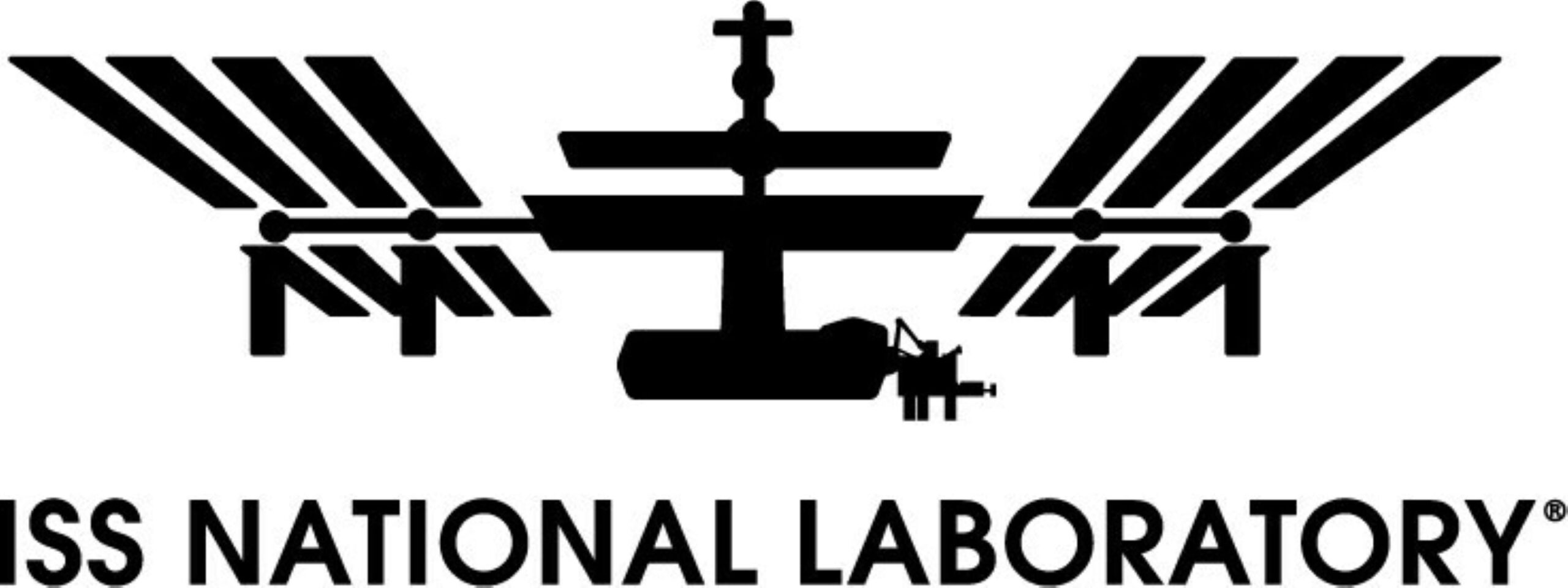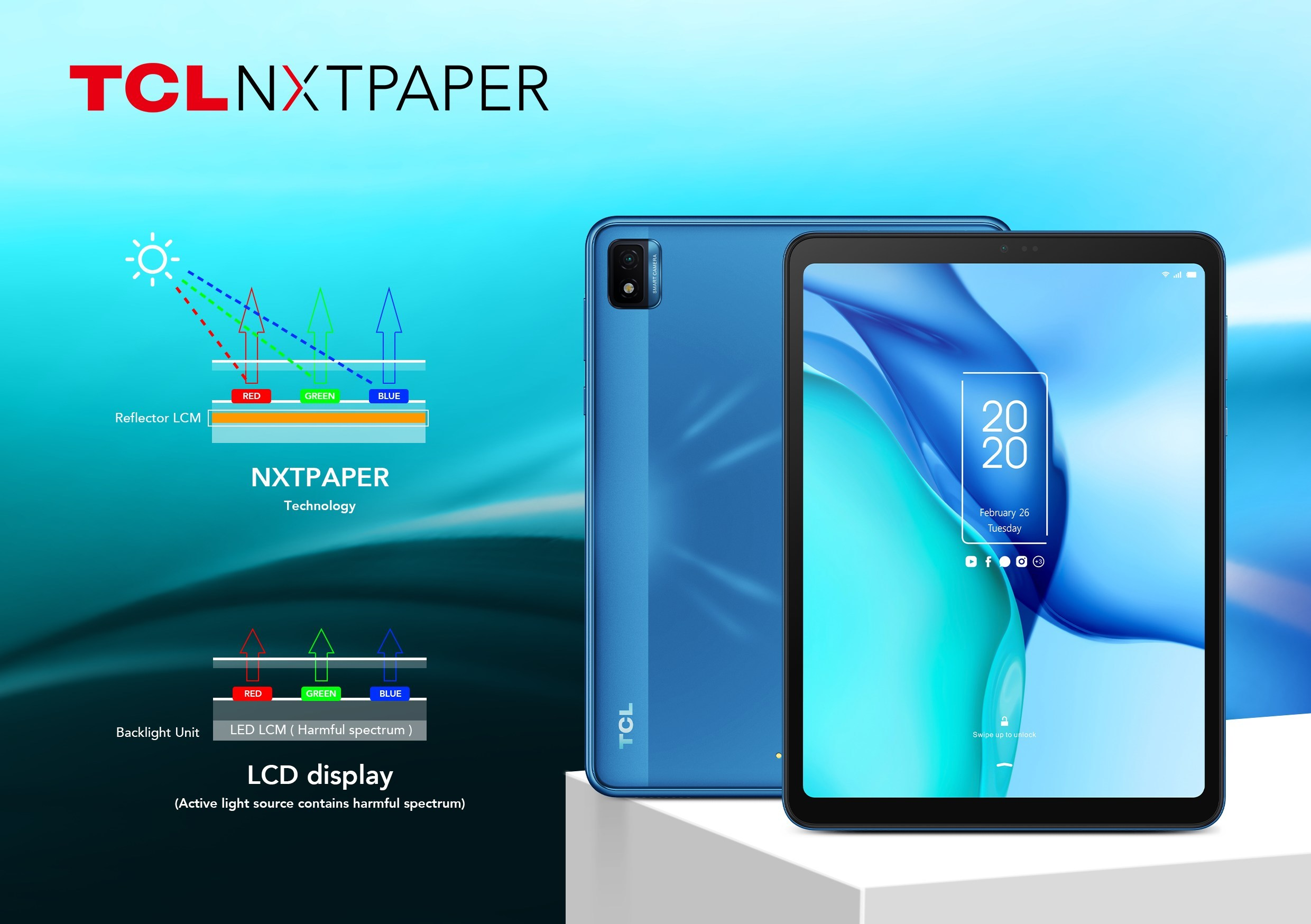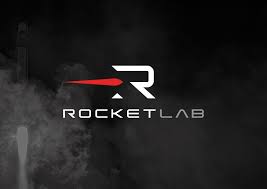Next Mission to Space Station Launches Dozens of Student Experiments

When SpaceX’s 31st Commercial Resupply Services (CRS) mission to the International Space Station (ISS) for NASA takes flight, students across the U.S. and Canada will watch their experiments launch to space with it. The mission includes 39 student-led projects from 38 communities as part of the Student Spaceflight Experiments Program (SSEP). SSEP is an ISS National Laboratory® educational partner program aiming to equip the next generation of scientists and engineers by integrating the scientific research process into the classroom.
“The whole idea of education is to prepare our students for the real world,” said Jeff Goldstein, center director of the National Center for Earth and Space Science Education (NCESSE), which runs SSEP. Goldstein explained that for educators to be successful in fostering a robust future workforce in science, technology, engineering, and mathematics (STEM), students need hands-on experience performing tasks from those careers. “A very effective way to do that is to bring professional experiences into the classroom and ask our students to be scientists and engineers right now.”
Participating communities—each with 100 or more students for elementary and secondary programs and at least 30 for college-level programs—engage in a formal microgravity science curriculum and then break into smaller teams to create research proposals. Student experiments are designed to be carried out using Mixstix, flexible tubes with three clamped compartments to keep substances separate until they are ready to be mixed in space. For this mission, SSEP received nearly 1,900 proposals, and a review board selected the top experiment from each community to launch into space.
Below are a few examples of student-led projects on this mission:
Mesa, AZ: The Growth and Mutation of Staphylococcus (epidermidis) Biofilm in Microgravity
Grades 4, 5, 9, and 12, Zaharis Elementary School, Red Mountain Ranch Elementary School, and Red Mountain High School of the Mesa Public School District
Students will study Staphylococcus epidermidis, a common type of infectious bacteria, in space. They will compare the growth of bacterial biofilms, clusters of bacteria that grow together on a surface, in microgravity and on Earth. Results could shed light on how to better protect astronauts from infectious bacteria in space.
Lamont, CA: Effects of Microgravity on Spinacia oleracea (spinach)
Grade 8, Mountain View Middle School of the Lamont School District
This experiment will compare the germination of Spinacia oleracea (spinach) seeds in microgravity and on Earth. The nutritional value of spinach could benefit astronauts during space missions, and this project aims to identify differences in germination and nutritional content in microgravity.
Pickerington, OH: Effects of Microgravity on Liquid I.V. Hydration Multiplier
Grade 12, Pickerington High School North of the Pickerington Local School District
This team will study how well Liquid I.V., a powdered drink mix containing sodium, potassium, glucose, and micronutrients, hydrates in space. The project will compare hydration levels in plant cells in microgravity and on Earth. Liquid I.V. could help keep astronauts better hydrated during spaceflight, where there is a limited amount of water.
Grantsburg, WI: Will Microgravity Have an Effect on the Growth and Development of Brine Shrimp?
Grade 9, iForward Public Online Charter School of the Grantsburg School District
The project will observe the growth and development of brine shrimp—a food source for several fish species and an environmental monitoring tool—in space. The team hypothesizes that brine shrimp, which cope well with changing environmental conditions, will grow bigger in microgravity.
Sandy, UT: Nematodes to the Rescue! Space Worms as an Integral Component of Space Agriculture
Grade 10, Hillcrest High School of the Canyons School District
Students will examine how well two types of nematodes infect an insect host in microgravity. Entomopathogenic nematodes are parasites that kill their insect hosts using symbiotic bacteria in their gut. These eco-friendly worms are used widely in agricultural pest control and may be a practical solution to control insect pests when growing crops in space.
Several participants have shared how SSEP led them to consider STEM careers, get into their college of choice, and even earn scholarships. Elizabeth Miller, a ninth grader in Mesa’s community, said the process has transformed her education. “It has greatly strengthened my research, writing, presentation, teamwork, and leadership skills,” said Miller.
In Grantsburg, Wisconsin, ninth grader Victor Morris said, “Participating in the program gives us a feel of what being an actual scientist is like. Sending brine shrimp to space makes having a career as a space engineer seem a lot closer and a lot more realistic.”
“One of the common threads that we hear from teachers is that this was the most difficult and most rewarding STEM program they’ve ever done,” added Goldstein. “Through SSEP, we see that students change their view of what science and STEM actually are, and many students say, ‘Yes, I want to consider this as a career.'”
To download a high-resolution image for this release, click here.
About the International Space Station (ISS) National Laboratory:
The International Space Station (ISS) is a one-of-a-kind laboratory that enables research and technology development not possible on Earth. As a public service enterprise, the ISS National Laboratory® allows researchers to leverage this multiuser facility to improve quality of life on Earth, mature space-based business models, advance science literacy in the future workforce, and expand a sustainable and scalable market in low Earth orbit. Through this orbiting national laboratory, research resources on the ISS are available to support non-NASA science, technology, and education initiatives from U.S. government agencies, academic institutions, and the private sector. The Center for the Advancement of Science in Space™ (CASIS™) manages the ISS National Lab, under Cooperative Agreement with NASA, facilitating access to its permanent microgravity research environment, a powerful vantage point in low Earth orbit, and the extreme and varied conditions of space. To learn more about the ISS National Lab, visit our website.
As a 501(c)(3) nonprofit organization, CASIS accepts corporate and individual donations to help advance science in space for the benefit of humanity. For more information, visit our donations page.




